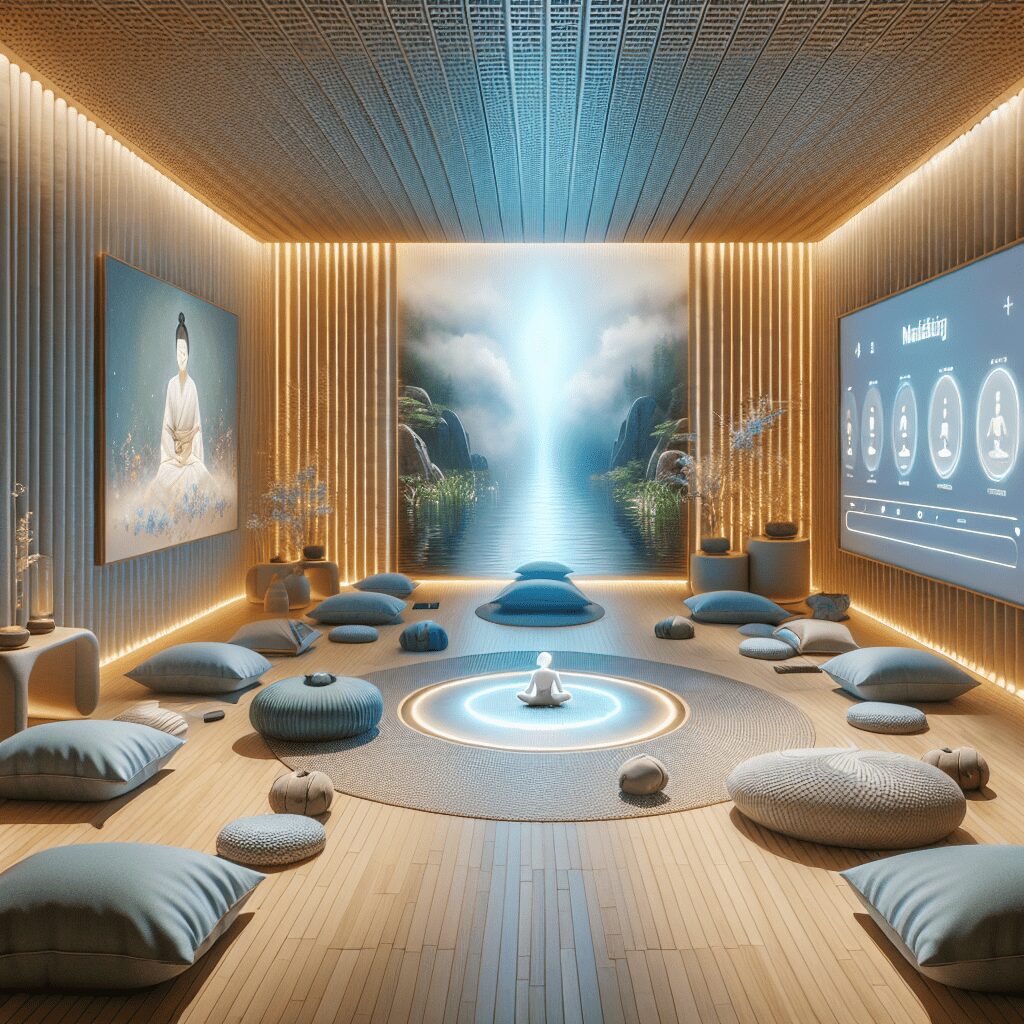
Prioritize your mental well-being daily. Enhance your life by nurturing your mental health with the Smart Meditation app. Break free from stress, alleviate anxiety, and enhance your sleep quality starting today.
How To Design Your Meditation Room?
Crafting Your Serenity Space: A Guide to Designing Your Meditation Room
In today’s fast-paced world, finding a moment of tranquility can feel like searching for a needle in a haystack. That’s precisely why carving out a dedicated meditation space in your home isn’t just a luxury; it’s a necessity for mental wellness. However, the road to creating this personal haven can be less traveled. Fret not! We’re here to guide you through the journey with some practical tips and creative ideas.
The Foundation: Setting the Stage for Serenity
The cornerstone of any meditation room is the ambiance. You’re not just designing a room; you’re curating an experience. So, where do you start?
1. Color Me Calm: The palette of your meditation space plays a huge role in setting the mood. Soft, earthy tones or pastel shades can act like a balm for your frazzled nerves. Think gentle greens, subtle blues, or soothing lavenders. A splash of color psychology, eh?
2. Let There Be (Soft) Light: Harsh, fluorescent lights are a big no-no. Opt for natural light as much as possible. And for those twilight meditation sessions? Soft, dimmable lighting will be your best friend. You might even consider candles or fairy lights for that ethereal glow.
3. Comfort Is Key: This isn’t the place for that eye-catching but oh-so-uncomfortable designer chair. Choose furnishings that offer support and comfort. A plush floor cushion or a cozy meditation chair can make all the difference. And remember, a few strategically placed pillows can go a long way.
4. Nature’s Touch: Incorporating elements of nature can elevate a mundane room to a sanctuary. A small indoor plant, a mini water fountain, or even a bowl of river stones can add an organic feel to your space.
5. Sound of Silence (Or Not): While silence is golden, sometimes the gentle hum of a guided meditation or the soothing sound of a gong bath can enhance your meditation experience. A Bluetooth speaker hidden out of sight or soothing chimes can work wonders.
6. Scent-sational Aromas: Never underestimate the power of scent. A diffuser with your favorite essential oil (lavender, sandalwood, and frankincense are popular picks) can transport you from your hectic life to a state of Zen.
The Personal Touch: Making It Uniquely Yours
While the basics set the stage, the magic lies in the personal touches.
1. Meaningful Decor: Whether it’s a cherished photograph, a piece of art that speaks to you, or a quote that uplifts your spirit, include something that personalizes the space. These elements should serve as a reminder of your meditation purpose.
2. Sacred Keepsakes: If spirituality is a key part of your meditation practice, consider adding a small altar or displaying symbols and items of personal significance. These can serve as focal points during your meditation.
3. The Element of You: Whether you’re a minimalist or someone who finds comfort in cozy clutter, make sure your space reflects your personality. After all, this is your personal retreat. If it feels right to you, then it’s perfect.
In the end, designing your meditation room is a journey, not a destination. It’s about creating a space where you can disconnect to reconnect. So, take your time, let your intuition guide you, and remember: in the realm of meditation, there are no rules, just infinite possibilities. Happy designing!



